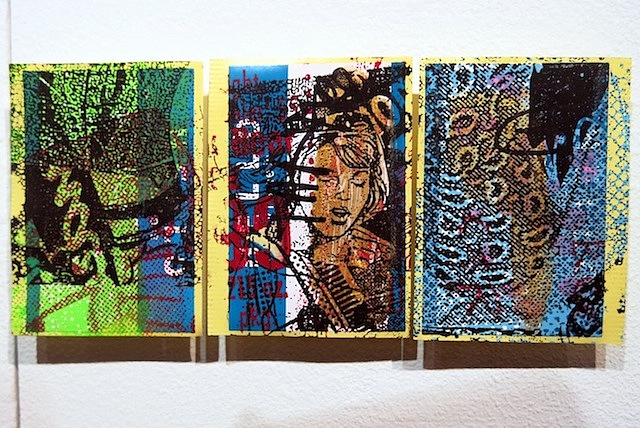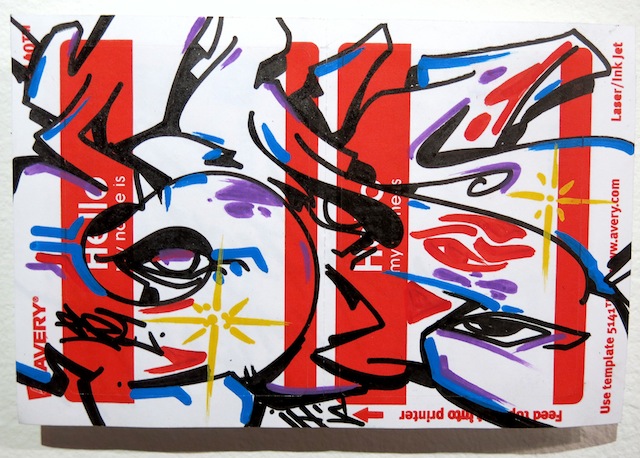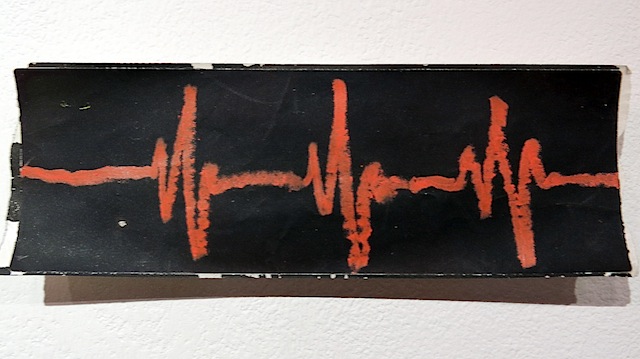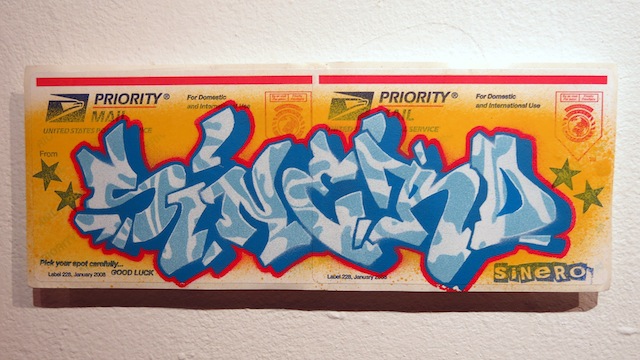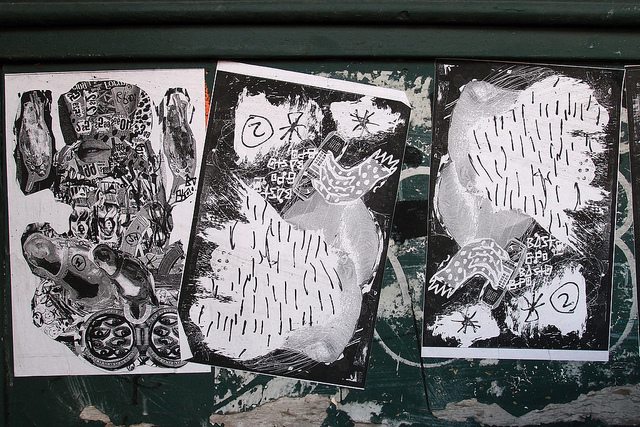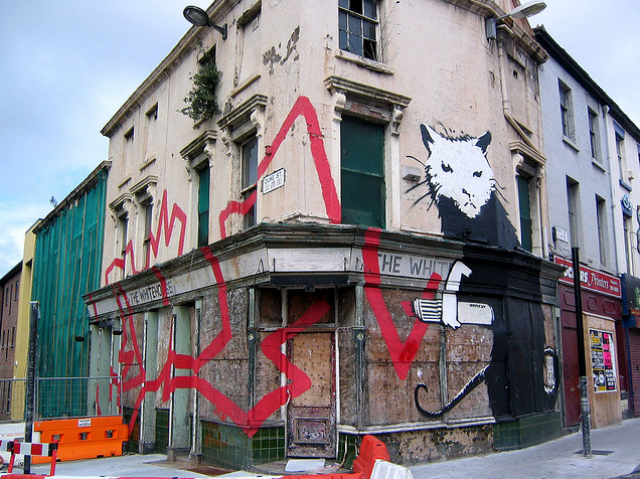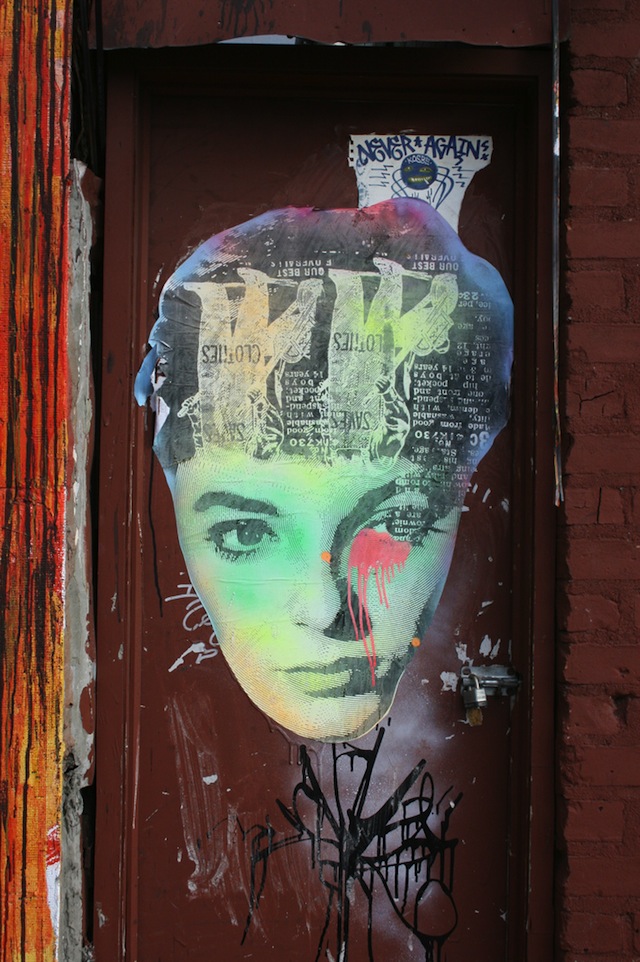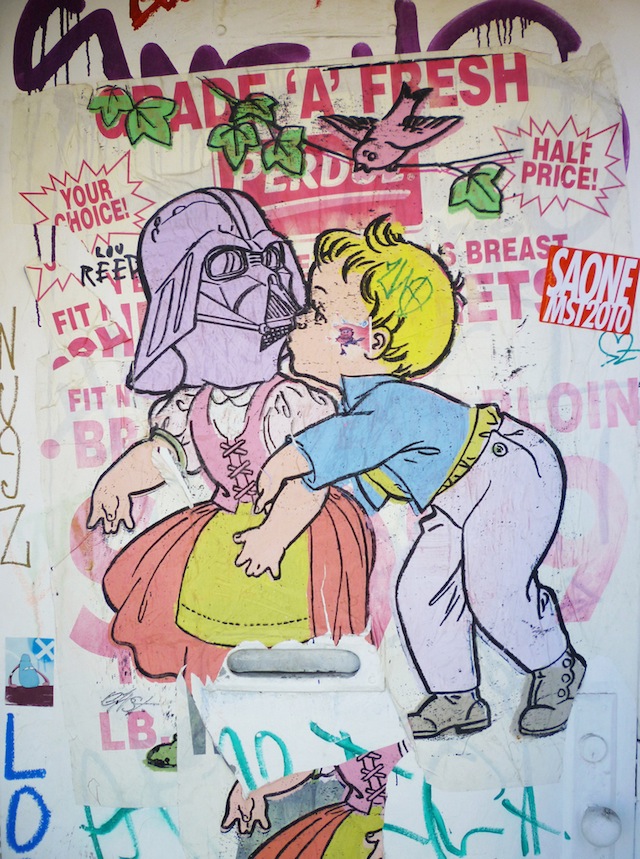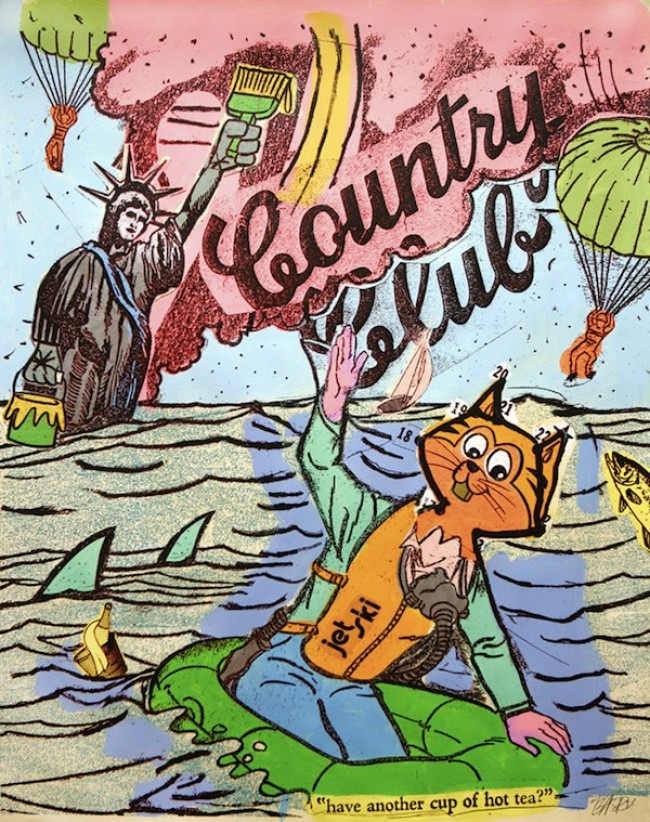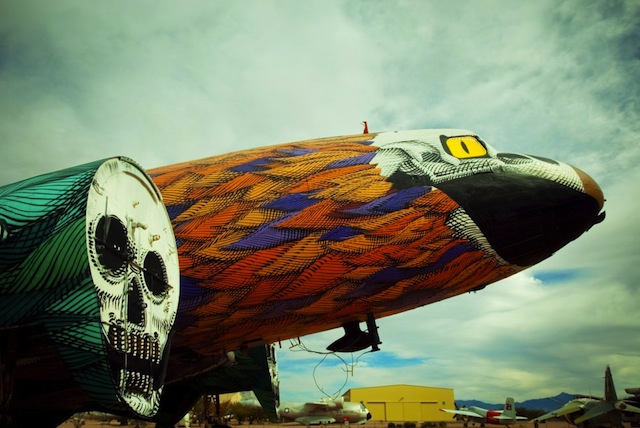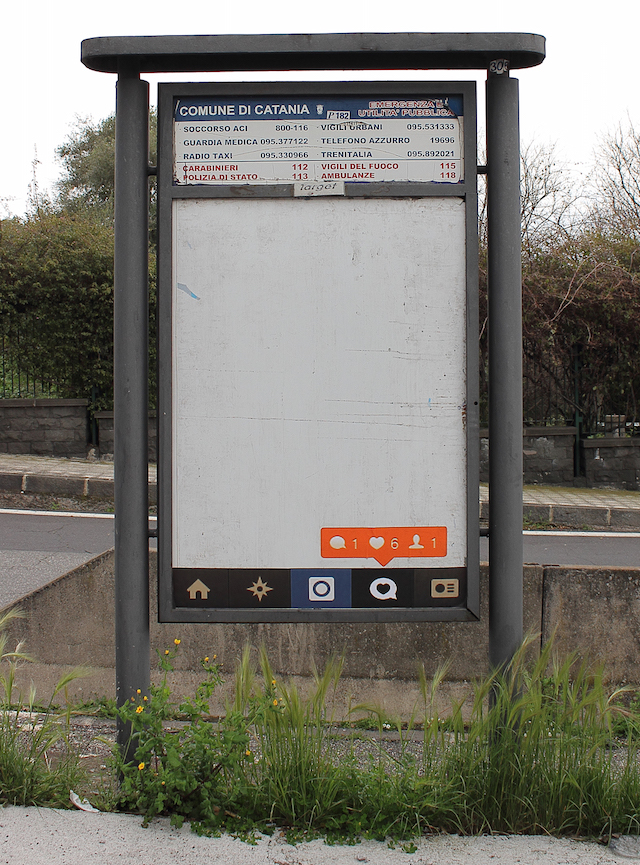
Got a few things that caught my eye recently, so I’m going back to the old link-o-rama format for a day:
- A group of anonymous artists installed a bust of Edward Snowden at a park in Brooklyn, but the piece was almost immediately taken down by the city. Luckily, as the artists noted to ANIMAL, “The fact that a risk was taken, the fact that an image comes out of that event that can be passed around can never be undone. So you can rip the statue out, but you can’t erase the fact that it happened and that people are sharing it.” It’s all a bit reminiscent of when the British government forced The Guardian to destroy hard drives containing files leaked by Snowden, even though there were other copies of the files outside of the UK. Of course the sculpture wasn’t going to last. Take it down or leave it up, it hardly matters. We have the photos.
- Faile and Bast are showing at the Brooklyn Museum in July. So I’m looking forward to that, and you should be too.
- But if you’re looking for something up now in NYC, definitely stop by Roa’s solo show at Jonathan Levine Gallery. ANIMAL very cleverly made a series of GIFs of the show. I had a pretty similar reaction to this show as I had to Roa’s show at Stolenspace last year in London. Basically, I went in with a negative attitude of thinking I’d seen the work before, and I left happy as a kid in a candy store because Roa’s pieces are so damn fun to experience and play with. It’s a really stupid fear/attitude that I have about Roa’s shows, and it’s one that the work always seems to overcome, proving my preconceived notions wrong. Good stuff, as always.
- And if you’re in Paris, Know Hope just had a show open there.
- Check out this spot-on anonymous critique of crappy stencils in Shoreditch by terrible street artist Bambi.
- It’s great to see Aakash Nihalani getting some love from Juxtapoz for his interactive work.
- Niels “Shoe” Meulman is retiring his use of the term “Calligraffiti”, because he feels his work is now better represented by the term “Abstract Vandalism,” now that his work is moving away from letters and becoming more abstract. Okay, he’s evolving as an artist, but really: who cares? That’s a pretty standard evolution these days for artists coming out of graffiti. Two reasons this is interesting. First, he’s published a short manifesto of Abstract Vandalism, which I love, and I highly recommend picking up a copy for the great little tidbits like “The difference between art and vandalism is only in the eye of the law upholder.” Second, Shoe is giving up admin control of the Calligraffiti facebook page, which has over half a million likes. In a few days, Shoe will be selecting new admins for the page, artists whose work he feels is in line with Calligraffiti now that his work is not. You can learn more about that, and suggest yourself as a new admin, here.
- Gotta love Jorge Rodriguez-Gerada’s latest pieces.
- I’ve never really cared for MTO‘s realistic figurative murals, even though they do play with space in an interesting way, but he’s really piqued my interest with a new piece for Memorie Urbane 2015 in Gaeta, Italy. The piece is a conceptual look into the future, a future where Google controls what information we have access to (oh wait, maybe this isn’t so futuristic…) in public space. The mural is a response to the Google Cultural Institute’s Street Art Project, which ostensibly acts as a digital archive for street art and murals. The project is highly curated and controlled, begging the question: Who decides what’s included, and what isn’t? MTO’s piece also hints at a future where augmented reality is the norm. The re:art has a great article with photos and analysis of MTO’s mural. For now, I’ll just add: I can’t wait for this mural to show up on Google Street View.
Photo by VladyArt


